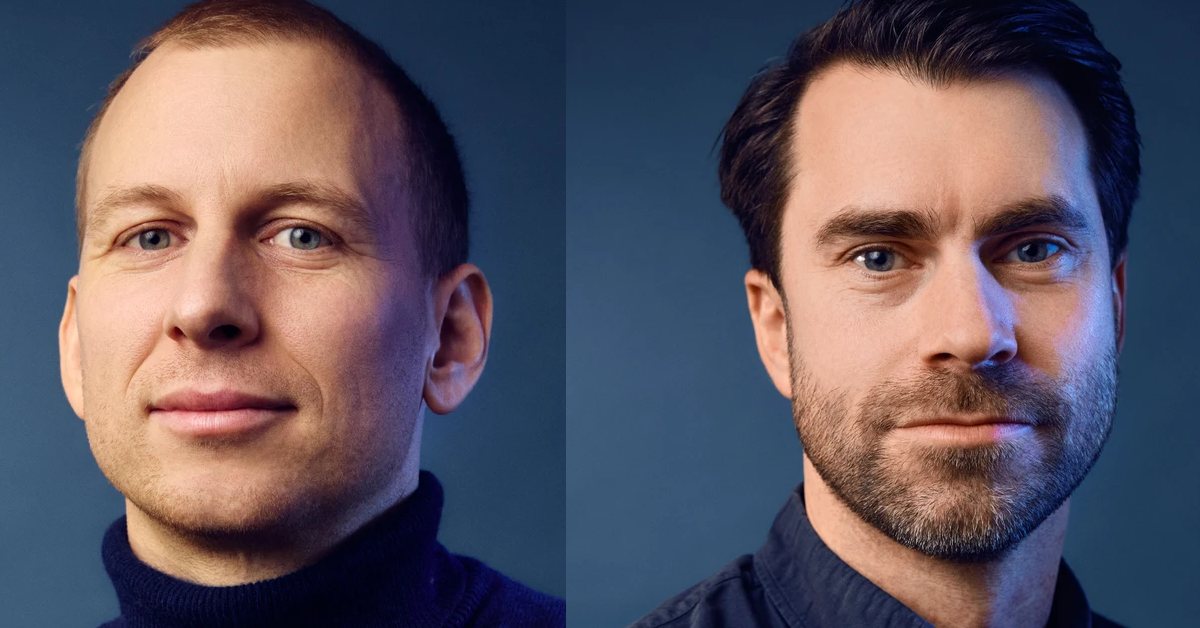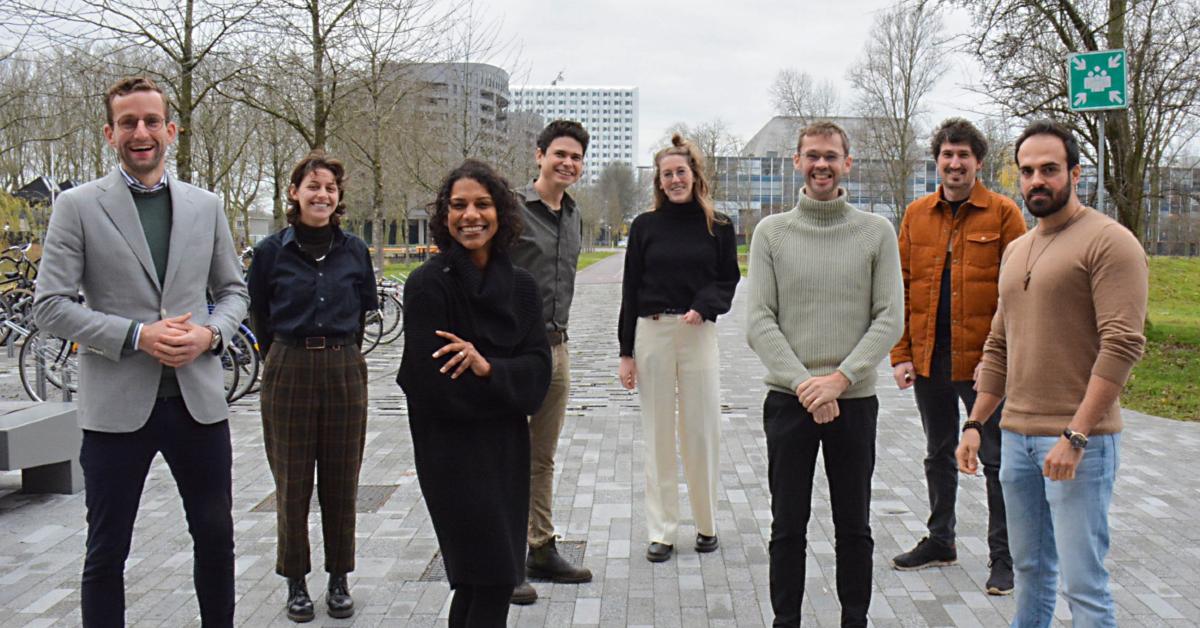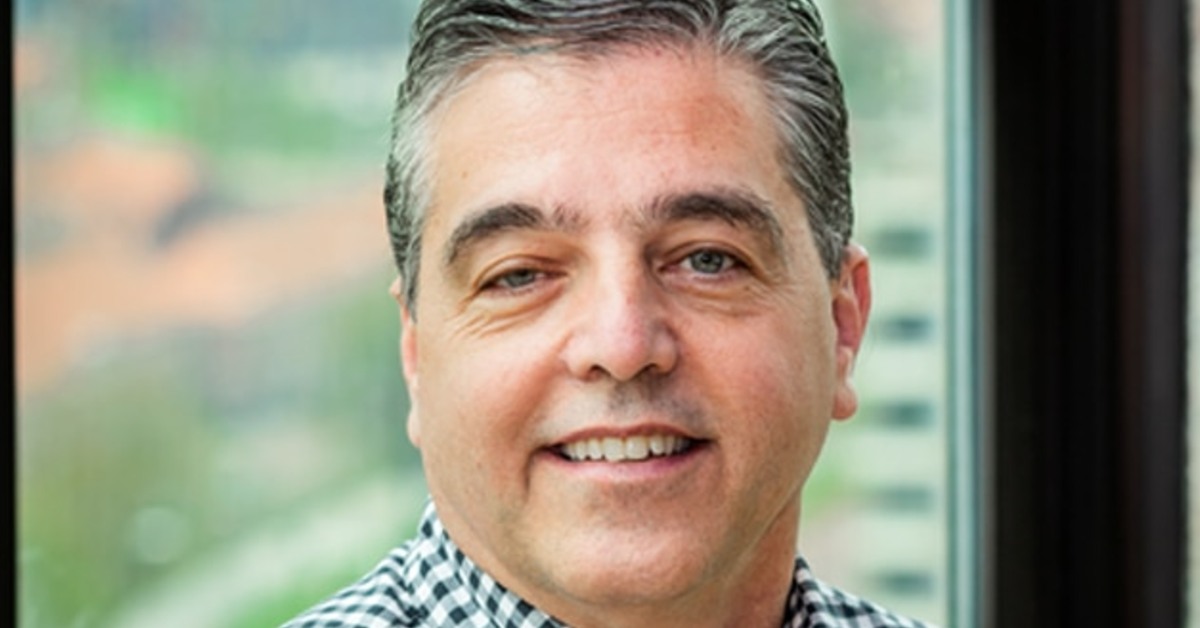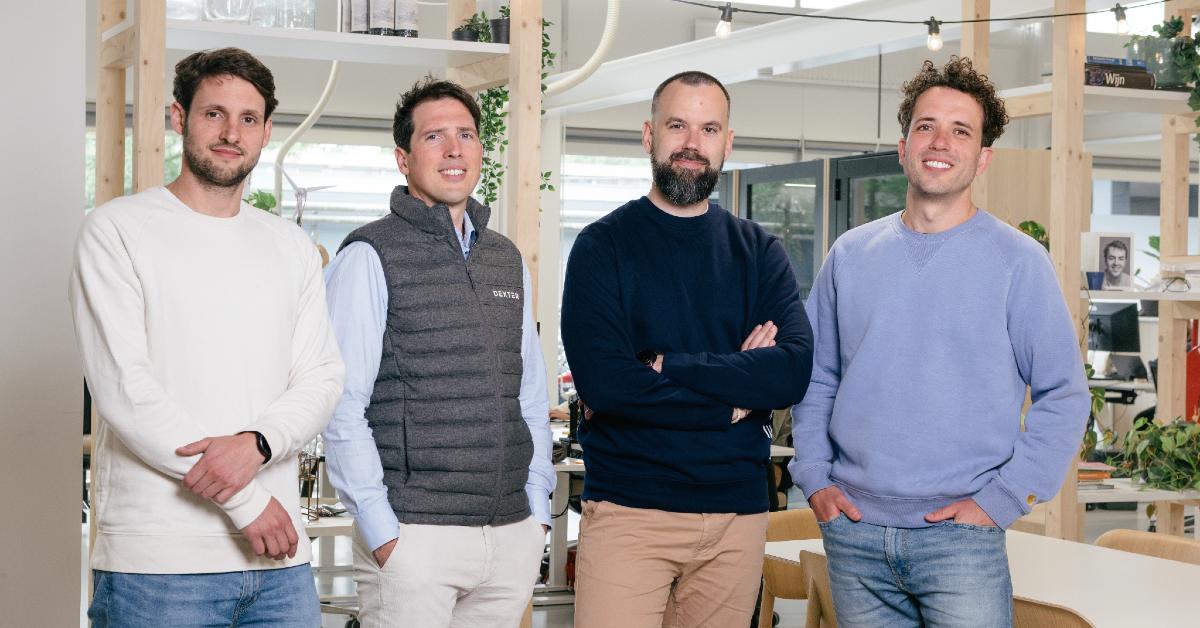In an attempt to digitally transform heavy industry, Jackson Bond and Paul Hopton and Harald Zapp, founded the German IoT middleware startup Relayr in 2013. Recently, the sale of the company to MunichRe was announced, in a deal worth $300m (€250M).
Based out of Berlin, with among others offices in Munich, Katowice, and Chicago, the 5-year old startup enables industrial companies to leverage the power of machine data – the internet of things – to transform their business, and guarantee their business outcome, through industrial-grade platforms.
Bond is currently also the Chief Industry Evangelist, educating C-suites how to transform industry digitally, and we got a chance to meet him and have an in-depth conversation with him at the EIT Digital Conference 2018 held in Brussels recently.
The EIT Digital Conference 2018 brings together acclaimed entrepreneurs with expertise in disruptive digital innovation, who serve as inspiring examples of digital transformation.
Silicon Canals (SC): Let’s start from the beginning, can you tell us about your experience at Berlinfo and 8hertz?
Jackson Bond (JB): “With some English language journalists, we created the first English-language website called Berlinfo.com, 20 years ago, which is now for me an interesting piece of history. But this was my second company, the first company was the same thing only in print, however, we realised the internet was starting to explode in Germany and we should shift everything to the web.
Eventually, we pivoted our content portal into a speech recognition company called 8hertz, building speech recognition applications for call centers and car companies. It didn’t take us much time to realise that the so-called “voice web”, which was creating waves in 2001. Also consumers were accessing web content on the move through mobile phones, however the mobile internet data was not fast enough to display content. So, our idea was to call the internet and use voice commands. For this, we raised some funding from partners and an investor in California.
Hence, we started selling innovative solutions for hands-free interactions in a car, for example, to check emails and SMS via voice. In 2004 we won the Innovation Awards with Volkswagen and BMW at the big automotive fair, Automechanika. However, we were too early, the market wasn’t ready for our product. We had our share of struggles as the company had reached a certain plateau and we were not scaling anymore, so we decided to sell the company. A European competitor, Vox Gen from London, bought everything, all the assets, the customers, the team, and that was probably the best exit for us, to preserve the company.
SC: Can you shed some light on the birth of Relayr?
JB: Yes of course! After selling 8hertz, and a brief stint at XING and then co-founding MONOQI, I was approached by a former executive from Nuance, who used to sell me speech recognition software, and he offered me to join him and his co-founder to start an Internet of Things company. I was not convinced initially, never having heard of “Internet of Things”, but after some research, I realised this was not simple e-commerce, there’s an actual revolutionary shift happening where affordable sensors can be deployed on a mass scale to provide valuable data and information from objects or physical assets. Back then, they had named their company ‘ithings4you,’ but we hired a small creative agency, thinkmoto, to help with our market positioning and they came up with the new name Relayr, which meant – relayer of data and information. So, that’s when the company was founded in April 2013 in Berlin. And then, some friends recommended we look at joining the StartupBootcamp program in Amsterdam and we were fortunately accepted, October 2013.
SC: Can you share your experience of your first pitch?
JB: Well, we went through the whole process. There were multiple pitches through video conferences and then we made it through the final “Selection Days”. During the first two days, I pitched more than 80 times. Our vision was like Cisco in 1984, in a world where all the computer manufacturers like Apple, IBM, Microsoft, had their own different communication protocols. And it was impossible to for an IBM to communicate with an Apple computer. So Cisco created the so-called Bluebox, that translated between protocols, connecting them, translating the data from one parent connection to another. The idea behind our pitch was that we are doing the same thing.
All these smart devices emerging from different manufacturers like Fitbit, Nest, all of them speak different protocols. So, they needed to have a central hub where you can just interconnect any of your smart devices irrespective of the protocol it speaks.
SC: What about your experiences with Startupbootcamp? Can you share some?
JB: When we were in Startup Bootcamp, every day was planned strategically. You were getting evaluated multiple times a day, while pitching to journalists/VCs/Product Experts/Finance experts, which really forced us to reassess our ideas and value proposition, and the way we were communicating it, and then you take all that feedback, go back home and come up with a stronger idea. This environment guided us to discover the need to provide connected hardware and sensors in order to connect and use our cloud.
So we decided to create our own sensor-enabled hardware, sort of like taking sensors out of the smartphone and providing those sensors to developers, which they can play with, on an open platform, to build their own connected applications. With the help of the mentors’ input and constant feedback, we came up with this notion of modular sensors you could separate from each other, that are connected with Bluetooth and Wi-Fi with different sensors, which we called the Wunderbar.
We crowdfunded the Wunderbar, did a lot of research, spoke to the mentors and we found marketing experts who helped us in building the buzz and pre-launched the website on Kickstarter. Then Dragon Innovation, a hardware-focused incubator and crowd-funding platform, offered us to use their platform. Ultimately that was a good decision and we succeeded in raising $110k and more importantly we got a lot of media attention and the attention of Conrad Electronic, who was also hunting and scouting out for new hardware ideas. They approached us and invested not only in the crafting campaign but also to acquire a license for manufacturing and marketing. We sold around two and a half thousand Wunderbars through crowdfunding by pre-order. This brought the first actual traction to the platform, and we had started to grow as companies were buying our stuff.
SC: From a startup founder perspective, while Relayr recently got sold to Munich Re, how will be the dynamics for you, now?
JB: I think it’s really important to let us do what we have been doing best and we stay independent. I think that was really one of the key drivers in our case for merging with MunichRe. I will be staying on board along with the whole management team. We continue as it was before and we continue to do our best, but now with the power of MunichRe and Hartford Steam Boiler.
SC: In the future, what are the opportunities do you see for Relayr as a company?
JB: We definitely have a clear massive opportunity in the industrial machine space. You know you’re dealing with an industrial world of physical assets that is not used to thinking in digital and there will be a lot of fallouts and collateral damages in the digitisation of industrials. Especially, for those midmarket companies unable to digitise fast enough and unable to leverage digital business models, because they think it’s not important so far.
Our job is to really tap that massive opportunity, and as a small company, it’s hard for us to reach out and touch every industrial company manufacturer. But I think the way we combine consulting, software, insurance and financing is quite unique in the market. I think that’s where our opportunity lies. We also plan to tap similar opportunities around the world.
Stay tuned to Silicon Canals for more updates.
This article is produced in a collaboration with EIT Digital. Read more about our partnering opportunities.










01
From telecom veteran to Dutch Startup Visa success: The Jignesh Dave story